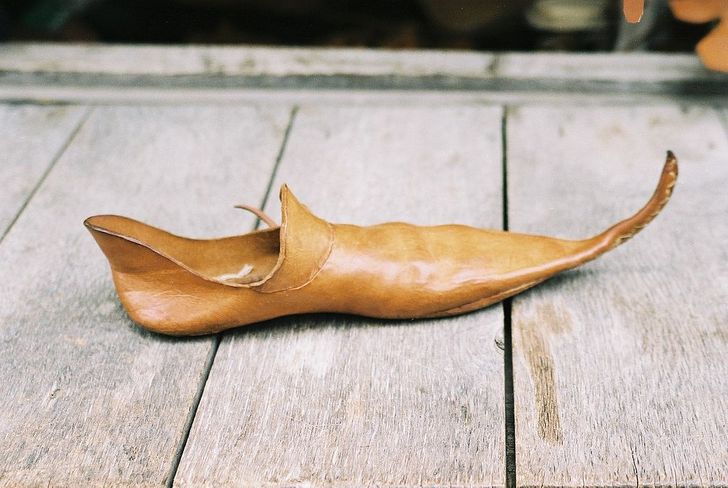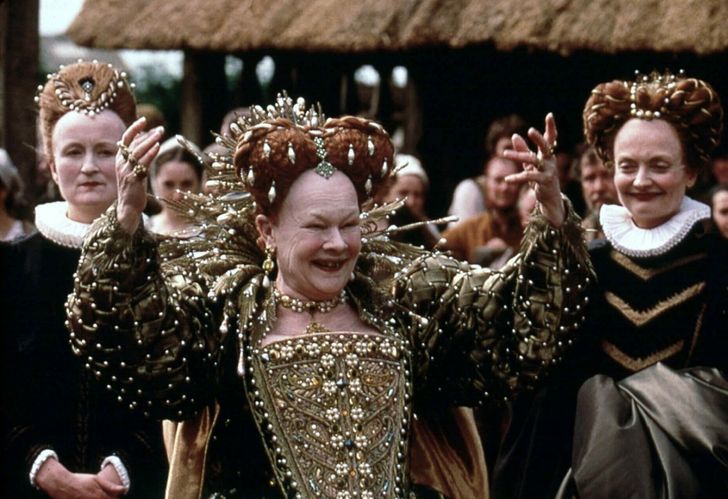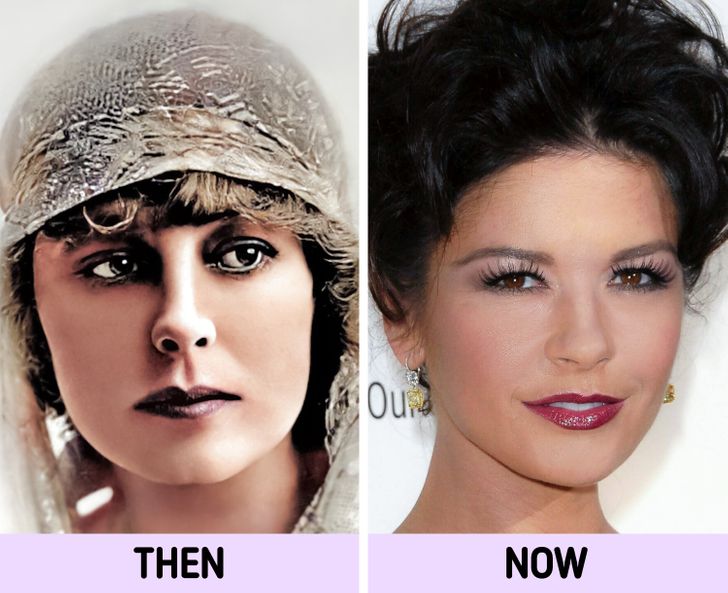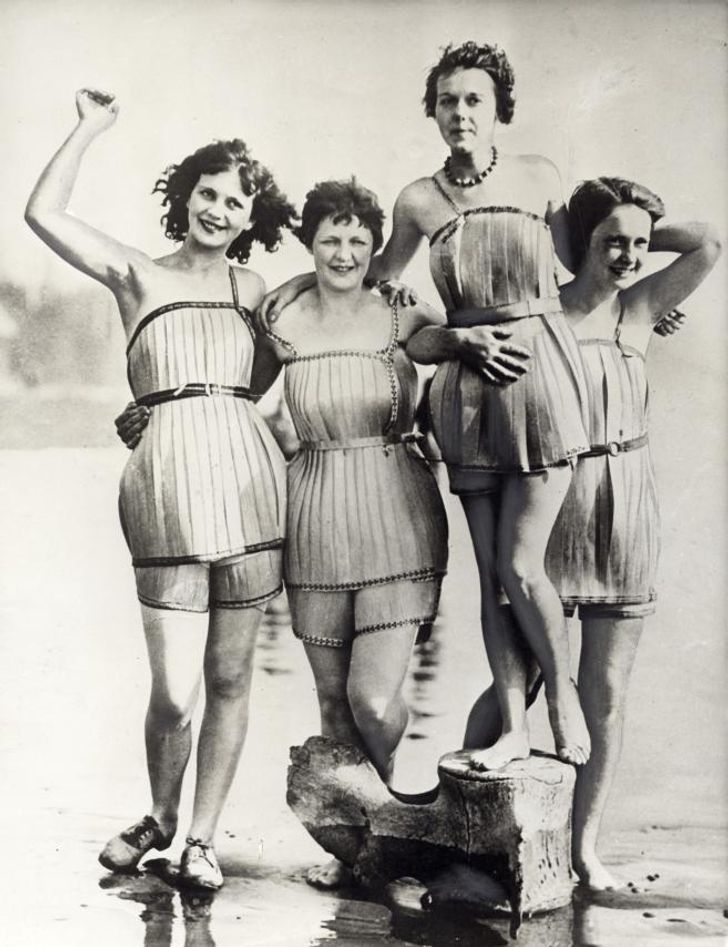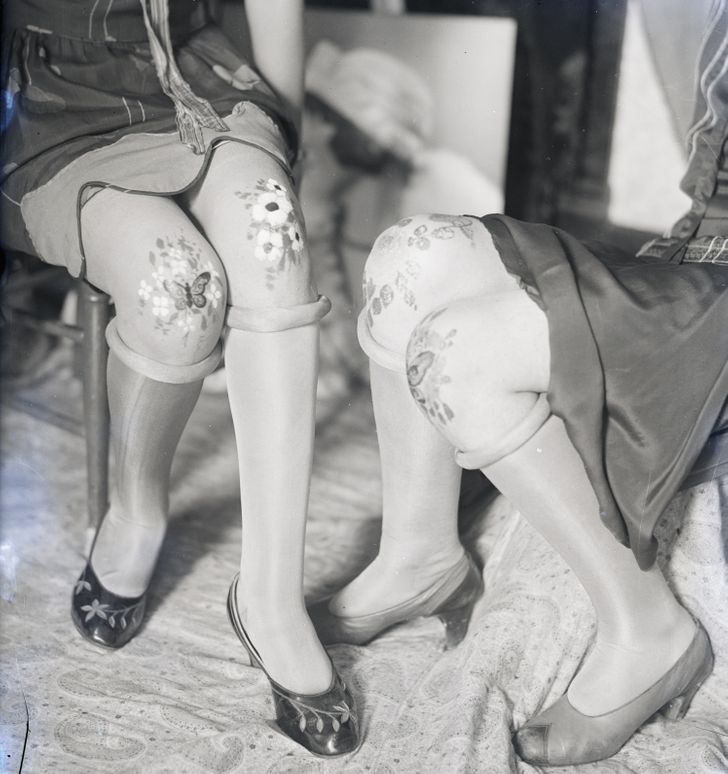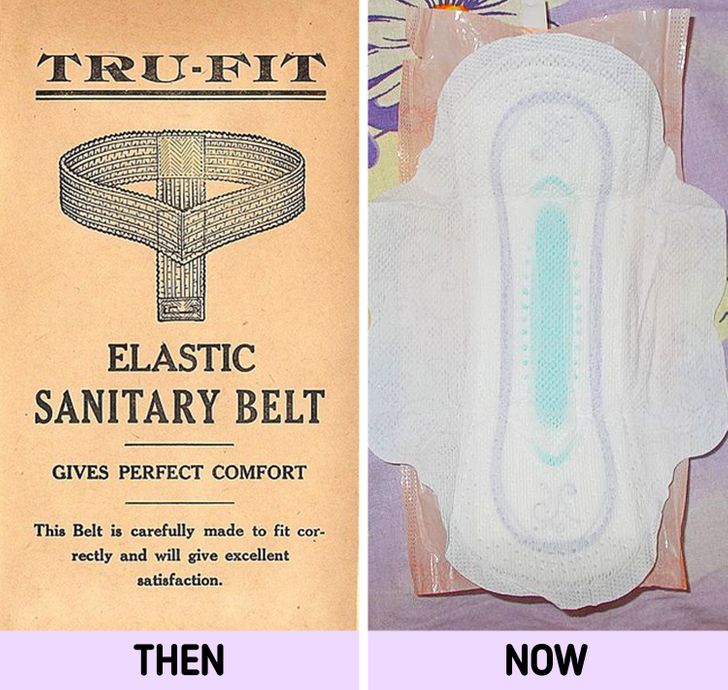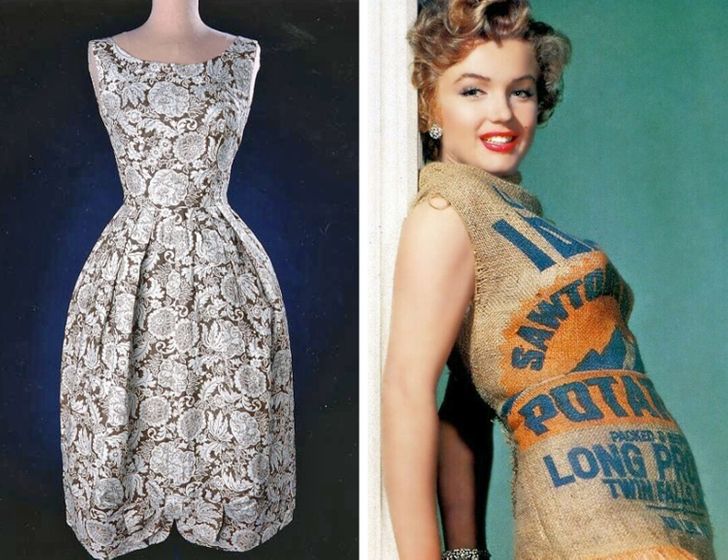this must had been so hard to swim in those swimsuits
8 Little-Known Facts From the World of Fashion That Prove Beauty Has Always Required Sacrifice
Each generation has its own understanding of beauty and fashion. Today, we get surprised when we read about feet binding and corsets deforming bodies. However, people have always had a tendency to want to improve their appearance, which is why any trend, no matter how crazy it may sound, can easily conquer people’s hearts. And back in the day, men had the same strong desire as women to be stylish and trendy.
We at Bright Side studied many sources dedicated to the history of fashion and got reassured, once again, that beauty does require some sacrifice.
1. Unethical ruff collars
A ruff collar, or a millstone collar, was a very popular clothing item in the sixteenth and seventeenth centuries. Almost all noblemen, women, and even children would wear them. There is a legend that this kind of collar appeared thanks to some rich Spanish woman who collected laces around her neck to conceal its imperfections.
Ruffs grew in popularity in the 1560s when the production of starch became available in England. As a rule, it was derived from wheat and corn, and at some point, this situation sparked ethical controversy. Queen Elizabeth I’s chief minister once said, “Is it not a very lamentable thing that we should bestow that upon starch to the setting forth of vanity and pride which would staunch the hunger of many that starve in the streets for want of bread?”
Nevertheless, people continued wearing such collars. They demonstrated wealth and the social position of the owner because anyone who could allow themselves to wear ruffs obviously wasn’t doing any hard labor. In addition, a ruff could only be worn once, since the heat of the human body and external factors inevitably led to the loss of its shape. Also, such collars strongly influenced the posture of whoever wore it, and the person was forced to hold their chin high and generally adopt a proud and arrogant posture.
2. Sinful shoes
European fashionistas of the fourteenth and fifteenth centuries considered shoes with a very long toe a peak of fashion. They were also called “crakows” and “poulaines.” However, many priests didn’t approve of such footwear. In the English rhyme from the year 1388, the author was complaining that men couldn’t kneel during prayer due to very long shoes. Also, the church considered such shoes to be sinful due to their ambiguous shape.
The appearance of this trend is associated with the marriage of Richard II and Anne of Bohemia. Here is what one anonymous monk author wrote about it: “With this queen there came from Bohemia into England those accursed vices (English cracowys or pykys) half a yard in length, thus it was necessary for them to be tied to the shin with chains of silver before they could walk with them.” However, there are some pieces of evidence that poulaines were worn a bit earlier too. One author of the mid-fourteenth century described the men of that period as wearing “points on their shoes as long as your finger that are called crakowes; more suitable as claws...for demons than as ornaments for men.”
In order to ensure the long-toed part kept its shape, they’d be stuffed with moss and horsehair. Soon this trend touched knights, and their military uniform in the fourteenth and fifteenth centuries started to include sabatons, shoes with long toe pieces.
3. Harmful makeup of the Elizabethan epoch
In the sixteenth century, Queen Elizabeth I of England was the woman who defined the look of this era. People tried to imitate her not only in clothes but also in hairstyles and makeup.
The ideal of Renaissance beauty was something like this: fair hair, pale face color, bright eyes, and red lips. This is how the queen herself looked too. The alabaster color of the face symbolized wealth and noble origin, as it indicated that a person didn’t have to work under the scorching sun. Of course, women were willing to do anything to get white skin. They used various compositions, including ones that consisted of lead and vinegar. While these concoctions were used to whiten freckles and treat acne, they often included ingredients like sulfur, turpentine, and mercury. These toxic substances quickly made the skin appear gray and wrinkled, and that’s why ladies would apply a raw egg white glaze to their faces to get smooth, marble-like skin.
In order to color their lips red, fashionistas used mercury sulfide, and the eyes were brightened with drops of belladonna juice and covered with powdery antimony paint. In the epoch of Elizabeth I, ladies often imitated the absence of teeth by blackening them to look like their queen. The queen liked sweets a lot, and at some point, her teeth started to decay.
4. Eyelash extensions made of hair
Today, no one is surprised to see fake or extended eyelashes. They are made from various materials and you can choose any length and shape. However, the first fake eyelashes were made from human hair and were meant for the actress, Seena Owen. In 1916, the famous movie director and producer, David Griffith, started to work on a movie called Intolerance where Owen was supposed to play the role of a gorgeous princess. It’s Griffith who came up with one of the first variants of extended lashes. He wanted the character’s eyes to shine stronger than the life itself. That’s when the hairdresser took hair and attached them to the actress’s lids with the help of theatre glue and gauze. We must admit this wasn’t the most convenient way to extend the lashes. According to Owen’s partner in the movie, the actress’s lid became swollen at one point.
As curious as it sounds, the movie didn’t bring much money to Griffith, and it’s a pity he didn’t patent the extended lashes.
5. Wooden swimwear
Until the 1920s, bathing suits for women were rather bulky and uncomfortable — they were full-length, closed dresses and pants made of dense, mostly woolen, fabric. Fortunately, along with the emancipation of women, a new style of swimwear appeared. They became more open and, as a rule, consisted of a tunic and pantaloons.
However, there were more weird versions of this clothing item. In 1929, new swimsuits made of spruce veneer were presented in Washington state. They were described as cheap and easy to make, yet they were stylish and modern. The fact is that the area where such swimwear was produced had been known for its forestry industry and was considered the largest region for the production of lumber. That’s why, at some point, local craftsmen decided to use veneer sheets instead of fabric.
6. Knee makeup
In the 1920s, girls were donning knee makeup to draw special attention to this part of the body that had never been exposed in public before. It all started with regular blush for knees but eventually, the trend grew into real art — ladies were creating elaborate patterns and even pictures on their knees. However, it was only possible to see this art while dancing because, in everyday life, girls didn’t wear skirts above their knees.
Of course, it’s worth noting that not every fashionista dared to follow the trend. It was the prerogative of flapper-girls, emancipated ladies that embodied the generation of the Roaring Twenties. They had more frivolous looks, wore short hairstyles and bright makeup, and listened to forbidden music, like jazz. They were even driving cars.
7. Menstrual pad belts
Periods are not the best time in a woman’s life, even today, however, we should admit, our predecessors had an even harder time with them. For a long time, women have used various types of fabrics to deal with menstrual bleeding. Of course, it was not very comfortable. However, at the beginning of the twentieth century, the so-called menstrual pad belt was invented. It looked like an elastic belt with small clips in front and back that would secure special pads. According to the memories of some women who used such belts, it was a very uncomfortable accessory.
Later, hygienic pads with sticky strips were invented, and they could be secured to the underwear.
8. Dresses made of potato sacks and more
In the 1930s, many American women started to make dresses from sacks that were used for transporting flour, animal feed, and potatoes. Previously, various goods were delivered in barrels or wooden containers, but later, they were replaced with fabric sacks for money-saving reasons. Soon, merchants realized that people started to make clothes from sackcloth because, in difficult times, it was cheap and practical. That’s when the manufacturers decided to make the fabric more attractive: they added various patterns and designs, such as pictures of the sun and flowers. Ladies even came up with special ways to remove the logos of manufacturers from the fabric (using kerosene was one of them).
By the way, in the famous photo from 1951, Marilyn Monroe posed in a dress made from a potato sack. However, it’s still not clear why this photo session took place. Maybe it was because some journalist considered her previous dress vulgar and noted that she’d look better in a potato sack. Or someone assumed that Monroe will look as gorgeous and dashing in something as dull as a potato sack.
Which of the aforementioned trends of the past seemed most fascinating to you?
Comments
or maybe, instead, quite easy
you can't possible swim in those...
though, wood doesn't sink so easily :D
oh those Sanitary belts, the thin waist elastic and those clips, wow l hated that stuff so much, but there was NO other option, they left you feeling vulnerable and so self conscience. Girls of today have it so much easier!, it's fantastic!
Related Reads
20+ Waiters Talk About the Most Awkward Dates They Witnessed Firsthand

My Boyfriend Proposed to Me, but He Suddenly Had a Change of Heart
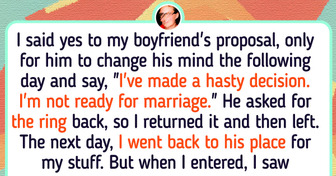
15 Real-Life Horrors That Hit Like a Sudden Tornado

I Overheard a Conversation Between My Husband and MIL and Discovered That My 15-Year Marriage Is a Huge Lie

14 Grandparents Whose Love Flows Through Every Branch of Their Family

12 People Share Bone-Chilling Stories About Their Ex

I Left My Husband Because of What He Wanted Us to Do on Our Wedding Night

12 Times When Fashion Blunders Had an Unexpected Twist

11 Plot Twists That Could Even Make Hollywood Jealous
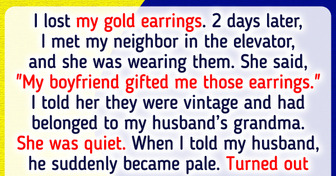
12 People Share the Most Shocking Gifts They Got for Christmas
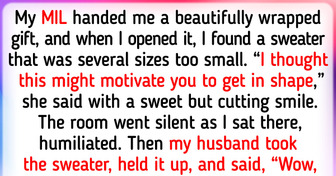
20+ People Whose Good Deeds Prove That Evil Doesn’t Stand a Chance in Our World

11 True Stories That Took Us on an Emotional Roller Coaster


